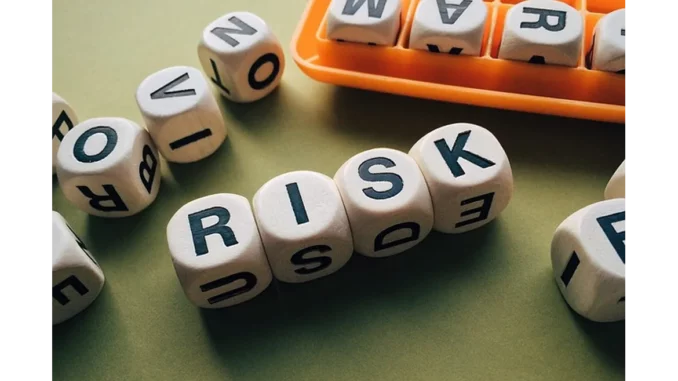
Fire safety stands as a fundamental pillar in ensuring the safeguarding of environments, be they workplaces, residential complexes, or public venues. The catastrophic potential of fires demands a meticulously organised strategy to identify and address associated risks. Among the most potent tools in this arsenal is the fire safety risk assessment—a structured procedure designed to evaluate potential hazards and implement preventative measures to protect both lives and property. Herein, we explore the five-step checklist essential for conducting a fire safety risk assessment, elucidating the importance and intricacies of each stage.
Focus360 Energy: property compliance services – pre-planning to post-construction. Learn more.
The process of fire safety risk assessment transcends mere regulatory compliance; it embodies a proactive approach that can avert tragedy. It commences with a comprehensive inspection of the premises, aimed at uncovering potential fire hazards. These hazards may include faulty electrical equipment or improperly stored flammable materials. The overarching objective is to establish robust preventative measures to deter the onset of fires while ensuring effective protection mechanisms are in place to safeguard occupants.
The initial step involves the identification of fire hazards. A fire hazard encompasses anything with the potential to ignite, such as ignition sources or combustible materials. Common ignition sources range from electrical equipment and smoking to heating appliances and cooking activities. A critical evaluation of these hazards is necessary, considering how they might instigate a fire. For example, inadequate housekeeping can result in the accumulation of combustible materials, thereby elevating the risk of fire. Recognising these hazards is foundational to crafting an environment that minimises fire risks.
Once hazards are pinpointed, attention shifts to identifying individuals at risk. This encompasses everyone within the premises, from employees to visitors. Special consideration must be accorded to vulnerable groups, including children, the elderly, individuals with disabilities, and those unfamiliar with the building’s layout. Understanding who is at risk is pivotal to customising fire safety measures, thereby ensuring comprehensive protection for all.
The subsequent phase involves evaluating risks and implementing corrective action. This entails a thorough assessment of the identified risks, alongside determining the requisite interventions to mitigate them. Reviewing the sufficiency of escape routes, fire alarms, emergency lighting, and fire extinguishers is paramount. Ensuring accessibility and clear marking of escape routes, even under low visibility conditions, is crucial. Moreover, maintaining a safe distance between ignition sources and combustible materials is instrumental in significantly reducing fire risks.
Documenting the findings from the risk assessment is essential, as outlined in the fourth step. This involves recording identified hazards, individuals at risk, and the measures undertaken to mitigate risks. An explicit fire safety plan is crucial and should be clearly communicated to all personnel. Regular fire drills and training sessions are imperative to ensure readiness in the event of a fire. The plan must also incorporate maintenance schedules for fire safety equipment, guaranteeing their functionality when required.
The final step underscores the importance of reviewing and updating the assessment. Fire risk assessments are not static; they necessitate periodic review and modification, particularly in light of significant changes to the building or its usage. Changes in occupancy, renovations, or incidents of fire or near misses should trigger a reassessment. Regular reviews are vital to maintaining the effectiveness and relevance of fire safety measures.
Ultimately, conducting a fire safety risk assessment is an indispensable duty for those responsible for premises management. By adhering to the five-step checklist, fire risks can be systematically identified and mitigated, thereby ensuring the safety of everyone within the building. Regular reassessments and updates are imperative to adapt to any changes and sustain a secure environment. Fire safety is a collective responsibility, and through diligent assessment and strategic planning, the risks associated with fires can be substantially diminished.


Be the first to comment